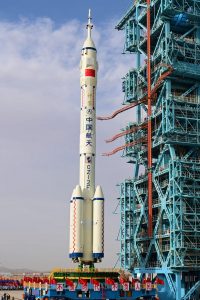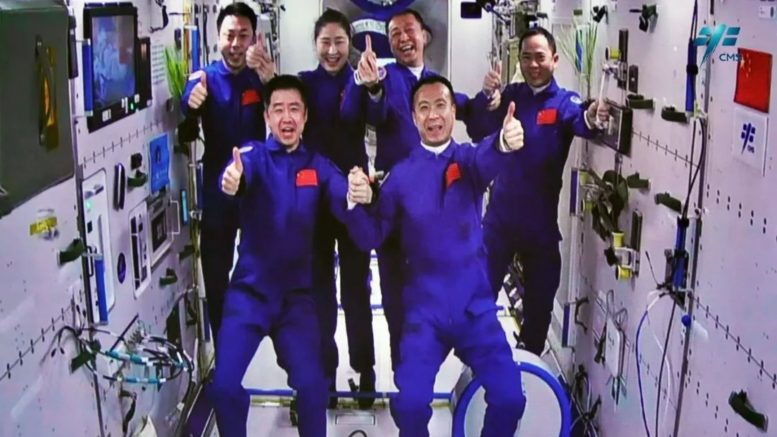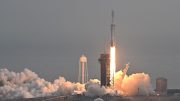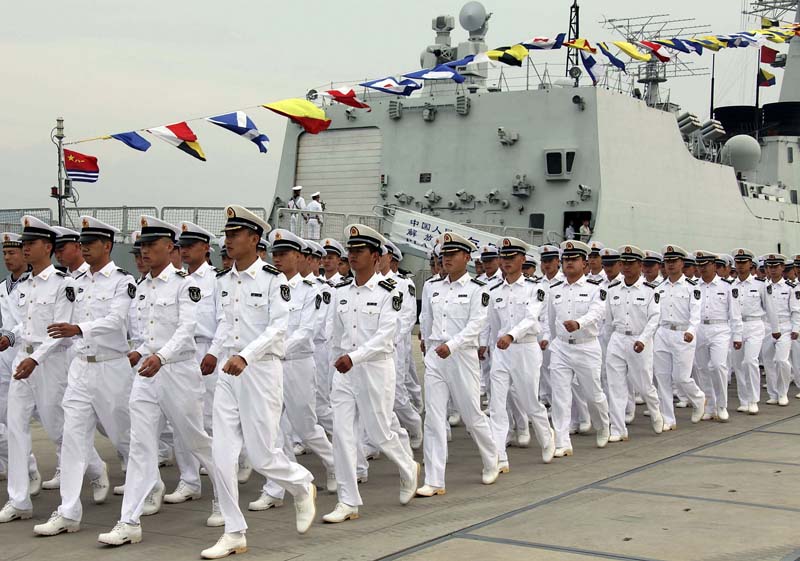Last month, China launched the 15th mission of a Shenzhou spacecraft, on November 29th, 2022, from the Gobi Desert. Shenzhou is translated to “Divine Boat” in English. This time, China plans to send three crew members into space to live on the Tiangong space station, where the previous crew, Shenzhou-14, will begin their last week at the station. China is the third country to put humans into the Earth’s orbit.
This will be the last of the 11 missions that will prepare the new station for 10-15 years of orbit. It will also be used to conduct over a hundred science experiments and further humanity’s presence on the Moon, Mars, and in deep space.
The crew will work on finishing the preparations by the end of the year, and then begin to research for six months through experiments and spacewalks. China’s space stations were developed and will be maintained by only Chinese citizens, but their research will be open for other countries to join.
China will be the host to the only place other than the ISS where humans can live in space, and soon the only. The ISS, the only collaborative space station, is scheduled to be taken down in 2030.

The Shenzhou-15 spaceship on the Long March-2F carrier || Source: China Manned Space Agency (CMS)
The Shenzhou-15 rocket is comprised of three parts. The first part is the orbital module, which acts as a place for crew and objects to reside. Next comes the reentry module, which is the single module that will return to Earth. The final part is the service module, which holds objects necessary to the mission, which are predominantly used during the free flight stage of travel.
The Shenzhou-15 crew consists of a commander, an operator, and a systems operator. The commander, Fei Junlong, is 57 years old and is returning for his second spaceflight. Deng Qingming is 56 years old, and the operator of the crew. The last member, Zhang Lu, is the system’s operator and is 46 years old.
The launch of the Shenzhou-15 rocket marks the completion of the setup of the new space station, Tiangong. While not a mission open to all, it is one that will further advance humans by beginning years of research and allowing another group of people to live in space.






Be the first to comment on "China’s Shenzhou-15 Mission"